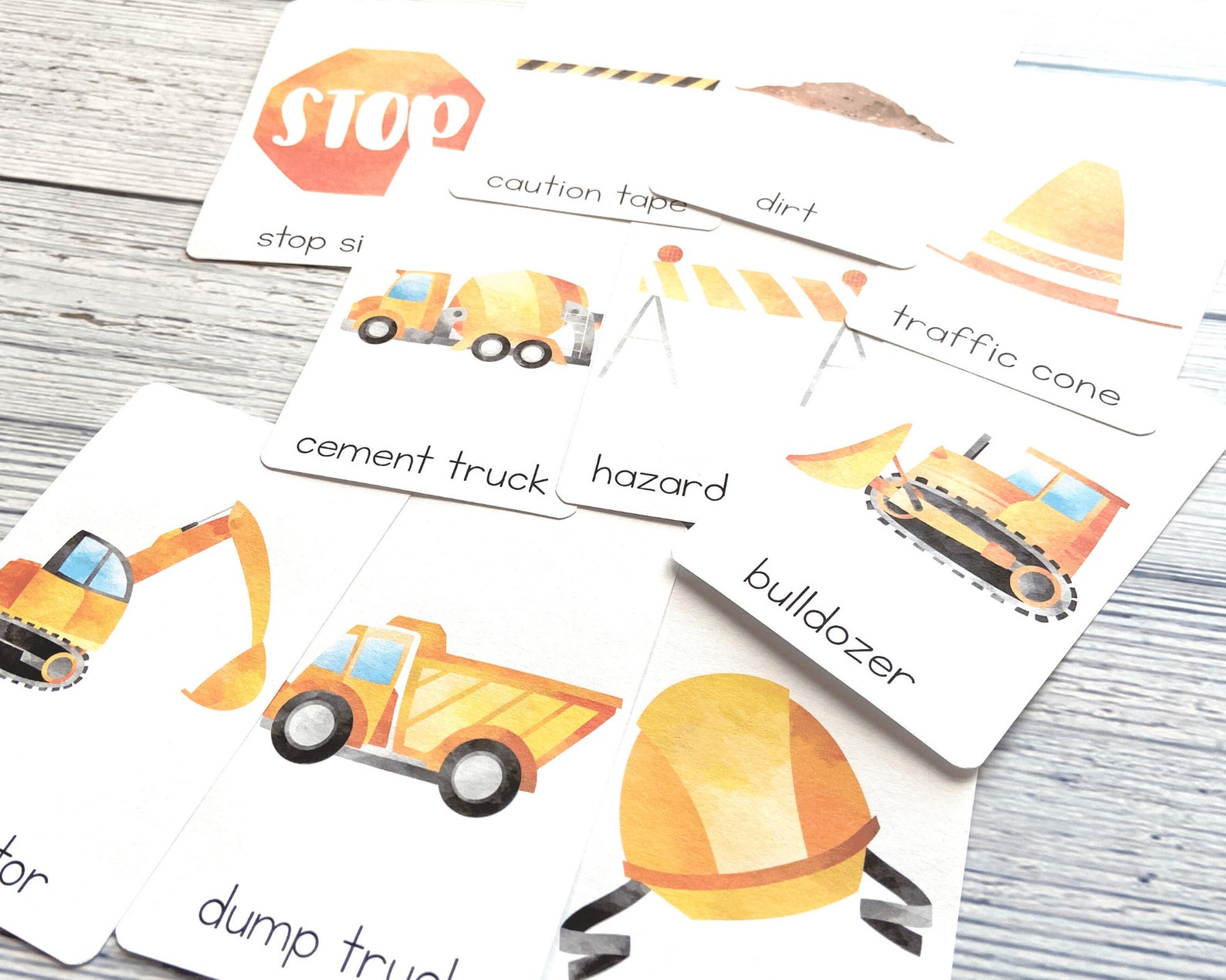

Chapter 3: WritingĬhapter three introduces the topic of writing within EAP, and suggests that it is probably the most important areas for students to develop within any course. There are additional reading suggested in the bibliography should you consider wanting to further your knowledge of reading in EAP.
#Drafting tools wordwall series
The chapter concludes with a checklist (much like the previous book in this series that I reviewed) with a series of questions for aims, the text as well as activities. Also within this book were activities that could be implemented with reading, possible lead-ins for texts, as well as develop quick reading skills. One part that I found encouraging for the budding materials writer was the fact that copyright and conventions were covered to some degree within this section of the book.

The author introduces possible ways of using authentic materials and texts for learners with a number of suggestions that they might be supplemented with additional material: infographics, glossaries, etc. The obvious leap between general texts and more academic ones are highlighted within the first few paragraphs. The sources of reading, as explained in the chapter, include academic texts, articles, newspapers or other specialist magazines. The second Chapter, Reading, introduces the reader to the concept of reading, especially in higher education, and highlights the fact that learners will need to read extensively, especially within any EAP course. Included within the introductory chapter are a variety of tasks (which can be compared and reflected on in conjunction with the suggested thoughts and ideas at the end of the book “Commentaries On Tasks”). There are many important issues raised within the introduction of this book, which offers the reader an insight towards the expected arguments: Language vs Study Skills, Low-Level EAP, or English for General Academic Purposes (EGAP) vs English for Specialist Academic Purposes (ESAP). As with the previous publication reviewed, there are a variety of tasks included which provide the reader the opportunity to better understand the contexts of EAP and also the varying requirements of students, whose English is their second language, which seek to improve their overall academic English. The introduction section of the book provides the reader the foundation required to learn more about EAP. You learn very much about the author’s interests as well as her work in the English teaching profession, and this very much sets up the reader towards the introduction. I suppose most EAP practitioners have their own story to tell but learning about Julie’s route is captivating.

What I found fascinating learning about the author, Julie Moore, is the route she followed towards teaching English for Academic Purposes (henceforth EAP). The first few sections of the book (prior to the first chapter) includes a part where the author introduces themselves as well as an introduction of the book in its entirety. If you have read the ELT Teacher 2 Writer series before, as with my previous review, there is a common theme that you may be aware of. I actually enjoyed reading this book and found the suggestions incredibly useful About The Author


 0 kommentar(er)
0 kommentar(er)
